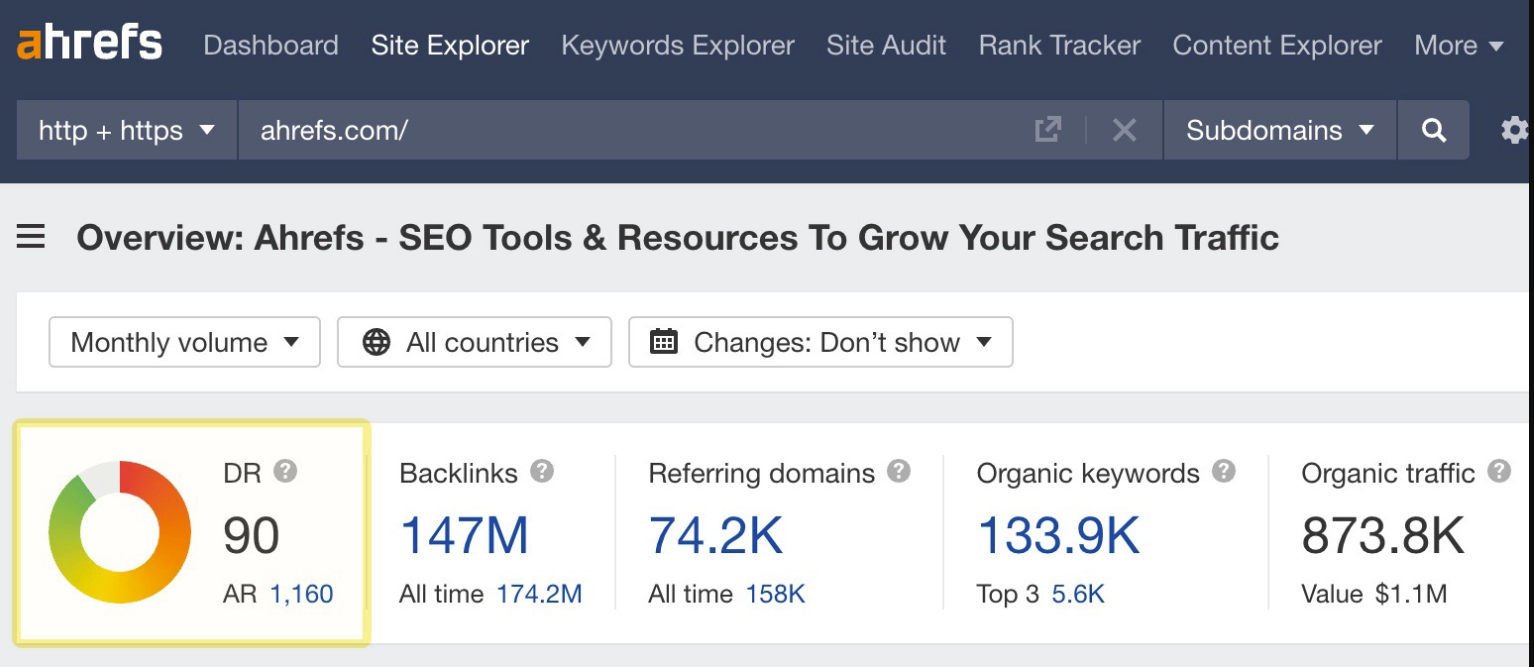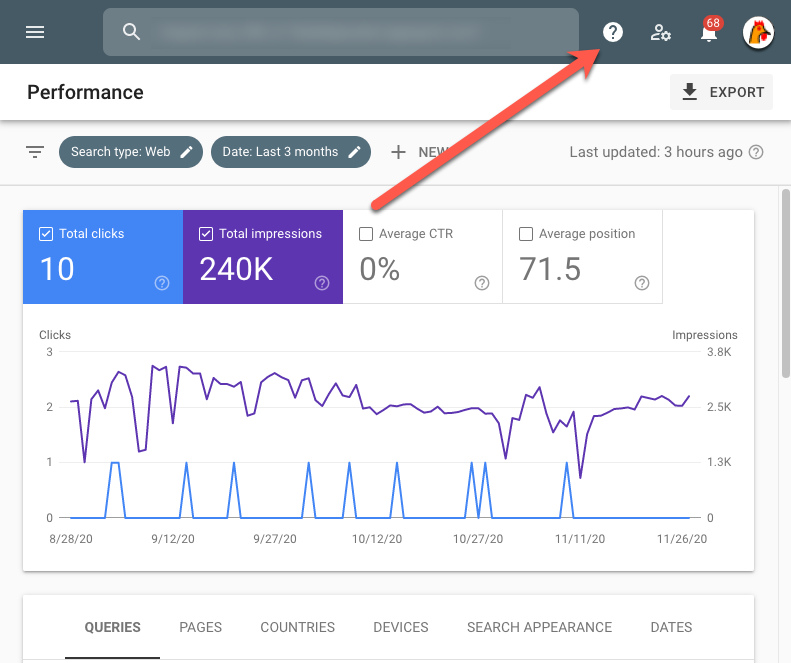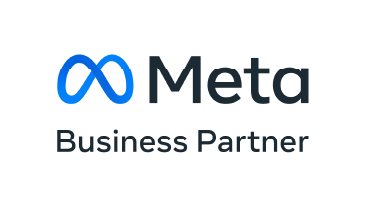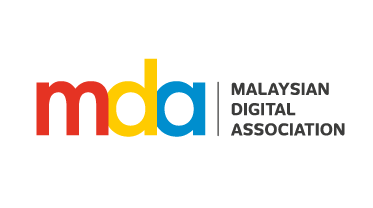SEO KPIs To Track & How To Track Them
So you think you’ve developed a foolproof search engine optimization (SEO) strategy – how do you know it’s working?
On-page and off-page SEO, content creation, link-building, and technical SEO are just the tip of the iceberg. What sets an effective SEO strategy apart from a superficial one is monitoring and optimisation. But there’s no optimising without tracking your SEO performance using well-defined Key Performance Indicators (KPIs) or SEO KPIs.

If you don’t set definitions and monitor the SEO KPIs that fit your campaign objectives, you won’t have an idea of how successful your efforts will be.
Table of Contents
Why is Measuring SEO KPI Important?
Measuring SEO KPIs are crucial to understanding the success of your SEO campaign. If you don’t set definitions and monitor the KPIs that fit your campaign objectives, it will be difficult to determine how effective your efforts are.
While there’s no definitive list of KPIs to gauge the success of an SEO campaign, our experts at Primal have curated the most important SEO KPIs we regularly apply in our own reporting below:
Conversions
Organic conversions is arguably the most important SEO KPIs you should measure and the most straightforward way to show the success of an SEO campaign – this is usually sales but can also be leads, subscriptions, registrations or any other action that you have set out to achieve. For example, real estate industry will look into lead conversion, but eCommerce looks at purchase conversion.
Tracking your conversion rate as a percentage of your organic traffic is crucial for analysing the effectiveness of your SEO efforts over time, particularly as traffic fluctuates. It’s essential to establish a conversion benchmark before beginning your campaign, as this provides a baseline for measuring improvements resulting from your SEO strategy.
We also recommend setting up conversion tracking in Google Analytics, which will provide detailed reporting, comparisons, and attribution models. If you wish to do this on Google Analytics 4 (GA4), go to “Admin” > “Events” and mark which events you’d like to measure as conversions (Read our detailed blog on GA4 here).
Keyword Rankings
Because of semantic search, you can rank for up to thousands of different keywords, but you can’t possibly rank at the top for all of them. Therefore, it’s useful to be aware of the keywords you rank well for and the ones you don’t to help you understand what you’re doing right or what you should be updating.
As an SEO professional, you’d know that keyword rankings provide raw insights into which keywords are behind your organic traffic – generally, increases in keyword rankings translate to increase web visibility, subsequently, an increase in traffic. The increase in traffic will typically lead to more customers, conversions, and sales.
Organic Sessions
Organic sessions refer to a website visit resulting from an organic search through a search engine like Google or Bing – meanwhile, Google defines a session as “the period of time a user is active on your site or app.”
In short, the higher your organic sessions, the more successful your SEO strategy is. This means that your visitors are actually finding you through SERPs, and not through paid ads.
To track this KPI, we recommend focusing on data from Google Search Console because you get to exclude branded searches. Alternatively, you can still go to Google Analytics to look at sessions attributed to Organic channel.

Improve your meta descriptions and title tags – make sure they are compelling enough to attract users to click on them!
Impressions & Clicks
Impressions and clicks are SEO KPIs that are typically analysed together.
High impressions and clicks may mean your website is showing up when users look up your targeted keywords, which is what you want when it comes to SEO.
While a high impression count should ideally lead to high clicks, this is not always the case. For instance, your website may receive high impressions but low clicks if it ranks at the bottom of page one on Google for a particular keyword.
In such a situation, you can optimise your content to increase clicks and the number of users who land on your page. One of the things you could also do is research your competitor’s content to see how you can provide more comprehensive and valuable information to readers. Additionally, you can improve your meta descriptions and title tags to ensure they are compelling enough to entice users to click on them.

Generally speaking, a high CTR means your website is being displayed high on the SERP and many users are clicking on your link.
CTR From Organic Traffic
CTR (Click-Through Rate) is an SEO metric that measures the ratio of users who clicked on your website link on the search engine results pages compared to the total number of impressions. To calculate CTR, you can divide the total number of clicks on the link by the total impressions and then multiply the result by 100 to obtain a percentage.
Generally speaking, a high CTR means your website is being displayed high on the SERP and many users are clicking on your link because they view it as relevant to whatever it is they’re searching for, pointing to a successful SEO strategy.
It is important to understand that the CTR can be completely different for every keyword that you are ranking for in the SERP.
In fact, with the latest zero-click results feature on Google, there might even be some keywords with a CTR of 0%.
Hence, it goes without saying that this SEO KPI shouldn’t be an isolated metric to gauge the success of your SEO campaign. Rather, it should be analysed along with all the other KPIs depending on your campaign objective.

Backlink growth is one of the most important SEO ranking factors.
Backlink growth
Backlink growth is one of the most important SEO ranking factors. The number and quality of new backlinks pointing to your website generally reflect your SEO performance (it is especially an indicator of website authority and credibility) and content marketing, so this is something you should track over time.
Domain Rating Growth
Domain rating is a metric created by SEO software Ahrefs, which compares the strength of a website’s backlink profile to all the other websites in their database. The software looks into both the number and the quality of links you get from other pages. Your site then gets assigned a score out of 100.
A high domain rating score generally points to high website authority and credibility – both are important ranking factors for Google’s search algorithm when deciding what website links to display on the top of the SERPs.

A high domain rating score generally points to high website authority and credibility – both are important ranking factors for Google’s search algorithm. Source: Ahrefs.
Other Metrics You Can Also Use for Your Own Campaigns:
Bounce Rate
Bounce rate is another important SEO KPI, defined as the percentage of users who land on your website and then leave without engaging or taking any meaningful action. It reveals how engaging or relevant your pages are to your web visitors.
A high bounce rate means that a page fails to engage users. You may miss important conversion opportunities from your organic traffic, and users may not find your page useful or relevant to them. In which a high bounce rate would eventually affect overall website SEO.
Average Engagement Time
Data like average time on the page is an SEO KPI that requires some context during your analysis. To put it into perspective, a high average time on the page may indicate users are enjoying your content if your website depends on long-form content.
However, if your site contains short pages meant to convert users, then a longer average time on the page may indicate that a user is confused by the content or website interface. It might also mean a lack of calls to action (CTAs) or convincing copy.
Therefore, you need to consider the nature of your website when analysing this metric before making the necessary adjustments to improve your SEO efforts.
Customer Lifetime Value (CLV)
Customer lifetime value (CLV) is another SEO KPI, referring to an estimate of the total profit you can expect to earn from a single customer over the course of their relationship with your business. CLV gives you an idea of the long-term value of each visitor you convert into a customer.
Understanding your CLV also helps you be more strategic about your SEO investments because you can use it to inform your content creation and keyword targeting. For example, if your analysis shows that customers who purchase your expensive products make up the bulk of the profits you earn, you may want to optimise your funnel to focus on your higher-end products.
Cost Per Acquisition (CPA)
Cost per acquisition (CPA) considers the cost of acquiring one converting user. It is a useful KPI to look into when it comes to maximising your SEO campaigns, especially if you compare it to your Customer Lifetime Value (CLV).
A high CPA could be linked to content that targets the wrong keywords or targets the wrong users, who are unlikely to convert.
Return on Investment (ROI)
With any digital marketing initiative, a positive ROI is the ultimate goal.
Investments for SEO are rather straightforward – you either spend money for resources in-house or partner with an SEO agency. However, it can take months or even years to see the returns, making it more difficult to measure your returns.
We detail how you can find your SEO ROI in our previous blog, but generally, most businesses use the following formula to calculate SEO’s ROI: (Gain from Investment – Cost of Investment) / Cost of Investment.

Generally, most businesses use the following formula to calculate SEO’s ROI: (Gain from Investment – Cost of Investment) / Cost of Investment.
How to Monitor and Evaluate Your SEO Performance Using Google Search Console
You can measure your SEO KPIs using Google Search Console. From CTR to organic conversions, toggle the settings when viewing your campaigns and find your preferred metric.
We understand how overwhelming it can get to keep track of your SEO strategy on top of staying abreast of all the latest search engine algorithm updates, so consult with a digital marketing agency in Kuala Lumpur to navigate your performance for guaranteed long-term success.

You can measure your SEO KPIs using Google Search Console. Source: Google.












Join the discussion - 0 Comment